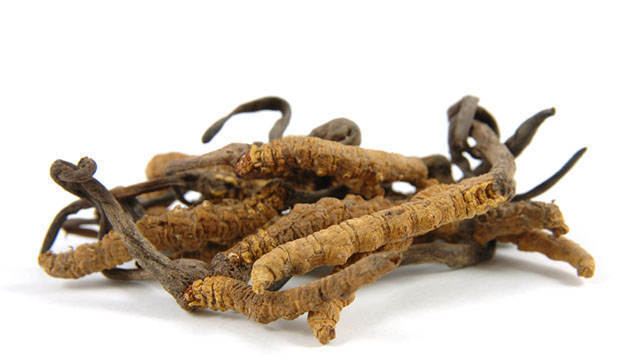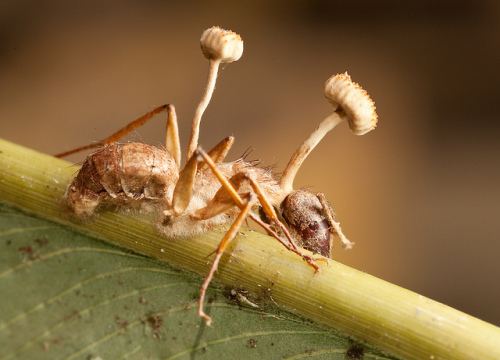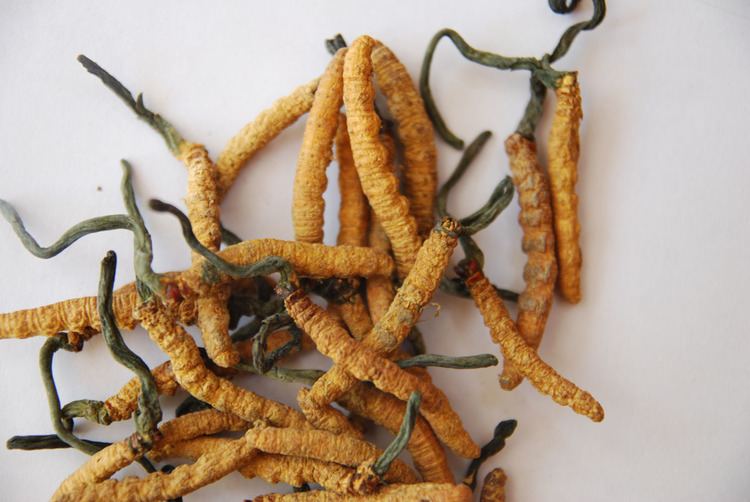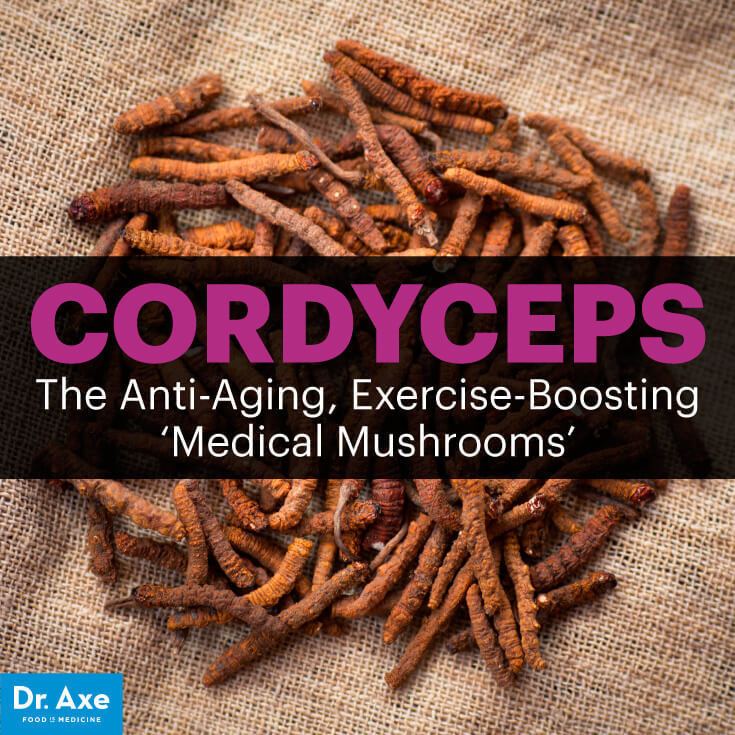Kingdom Fungi Higher classification Cordycipitaceae | Scientific name Cordyceps Rank Genus | |
 | ||
Similar Lingzhi mushroom, Cordyceps militaris, Hen‑of‑the‑wood, Chaga mushroom, Lion's mane | ||
Cordyceps attack of the killer fungi planet earth attenborough bbc wildlife
Cordyceps /ˈkɔːrdəsɛps/ is a genus of ascomycete fungi (sac fungi) that includes about 400 species. All Cordyceps species are endoparasitoids, parasitic mainly on insects and other arthropods (they are thus entomopathogenic fungi); a few are parasitic on other fungi. Until recently, the best known species of the genus was Cordyceps sinensis, first recorded as yartsa gunbu in Nyamnyi Dorje's 15th century Tibetan text An ocean of Aphrodisiacal Qualities. In 2007, nuclear DNA sampling revealed this species to be unrelated to most of the rest of the members of the genus; as a result it was renamed Ophiocordyceps sinensis and placed in a new family, the Ophiocordycipitaceae.
Contents
- Cordyceps attack of the killer fungi planet earth attenborough bbc wildlife
- Cordyceps mind controlling zombie fungus
- Potential pharmacology
- Value
- References

The generic name Cordyceps is derived from the Greek word kordyle, meaning "club", and the Latin stem -ceps, meaning "head". Several species of Cordyceps are considered to be medicinal mushrooms in classical Asian pharmacologies, such as that of traditional Chinese and Tibetan medicines.

When a Cordyceps fungus attacks a host, the mycelium invades and eventually replaces the host tissue, while the elongated fruit body (ascocarp) may be cylindrical, branched, or of complex shape. The ascocarp bears many small, flask-shaped perithecia containing asci. These, in turn, contain thread-like ascospores, which usually break into fragments and are presumably infective. Some current and former Cordyceps species are able to affect the behavior of their insect host: Ophiocordyceps unilateralis (formerly Cordyceps unilateralis) causes ants to climb a plant and attach there before they die. This ensures the parasite's environment is at an optimal temperature and humidity, and that maximal distribution of the spores from the fruit body that sprouts out of the dead insect is achieved. Marks have been found on fossilised leaves that suggest this ability to modify the host's behavior evolved more than 48 million years ago.

The genus has a worldwide distribution and most of the approximately 400 species have been described from Asia (notably Nepal, China, Japan, Bhutan, Korea, Vietnam, and Thailand). Cordyceps species are particularly abundant and diverse in humid temperate and tropical forests.

Some Cordyceps species are sources of biochemicals with interesting biological and pharmacological properties, like cordycepin; the anamorph of C. subsessilis (Tolypocladium inflatum) was the source of ciclosporin—an immunosuppressive drug helpful in human organ transplants, as it inhibits rejection. Fingolimod, a sphingolipid used to treat Multiple Sclerosis, is modified myriocin which was isolated from Isaria sinclairii, the anamorph stage of Cordyceps sinclairii.

Cordyceps mind controlling zombie fungus
Potential pharmacology
Cordyceps have a long history of use in traditional medicine. One of the earliest clear records is a Tibetan medical text authored by Zurkhar Nyamnyi Dorje in the 15th century outlining the tonic propensities of Yartsa gunbu (Cordyceps sinensis renamed now to Ophiocordyceps sinensis), especially as an aphrodisiac. Although there are often-repeated claims of thousands of years of use in traditional Chinese medicine, so far no clear textual source has surfaced.
Although in vitro and animal models provide preliminary support for some of the traditional medicinal uses, there are no clinical studies demonstrating health benefits in humans or for "elderly populations, improved sexual drive and virility" and "improved renal function". Some polysaccharide components and cordycepin, which have some anticancer activity in preliminary in vitro and animal studies, have been isolated from C. militaris.
Value
The price of Cordyceps sinensis on the Tibetan Plateau rose dramatically by 900% between 1998 and 2008, or an annual average of over 20%. However, the value of large-sized caterpillar fungus has increased more dramatically than smaller size Cordyceps, regarded as lower quality. In parts of eastern Asia (such as China), the Cordyceps fungus are rare and worth high prices.
